|
By Graham K. Rogers
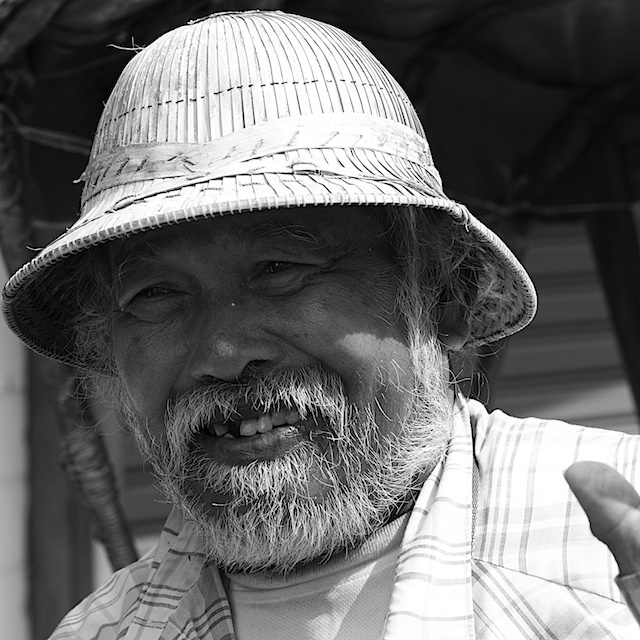
I have a fairly high regard for the iPhone as a photographic device, in part because that is what many people use. From the iPhone or the iPad, output can be uploaded directly to FaceBook, Instagram, Twitter or other sites, and that is all that most need. The best camera is the one you have with you.
I own a couple of DSLR cameras: the Nikon D70 and Nikon D7000. I use these extensively and love the burst mode as well as the way I can set the cameras up for automatic shooting: I can concentrate on the shot. With these cameras, I find that there are several ways I can use iOS devices to improve the experience.
When I have been out taking photographs, I can download the shots directly to the iPad and start editing immediately. As I use PhotoStream, the photographs start uploading to iCloud when the iPad is connected to Wi-Fi and appear on my computer at home (albeit slowly because of image size).
I have an older iPad with the 30-pin connector. The Apple iPad Camera Connection Kit (1090 baht) for this device has two parts: the USB interface and an SD card reader. The USB connector is a waste of time for me. It takes too long to find the cable and attach that flimsy micro-USB connector. I find it far easier to use the SD card with the D7000.
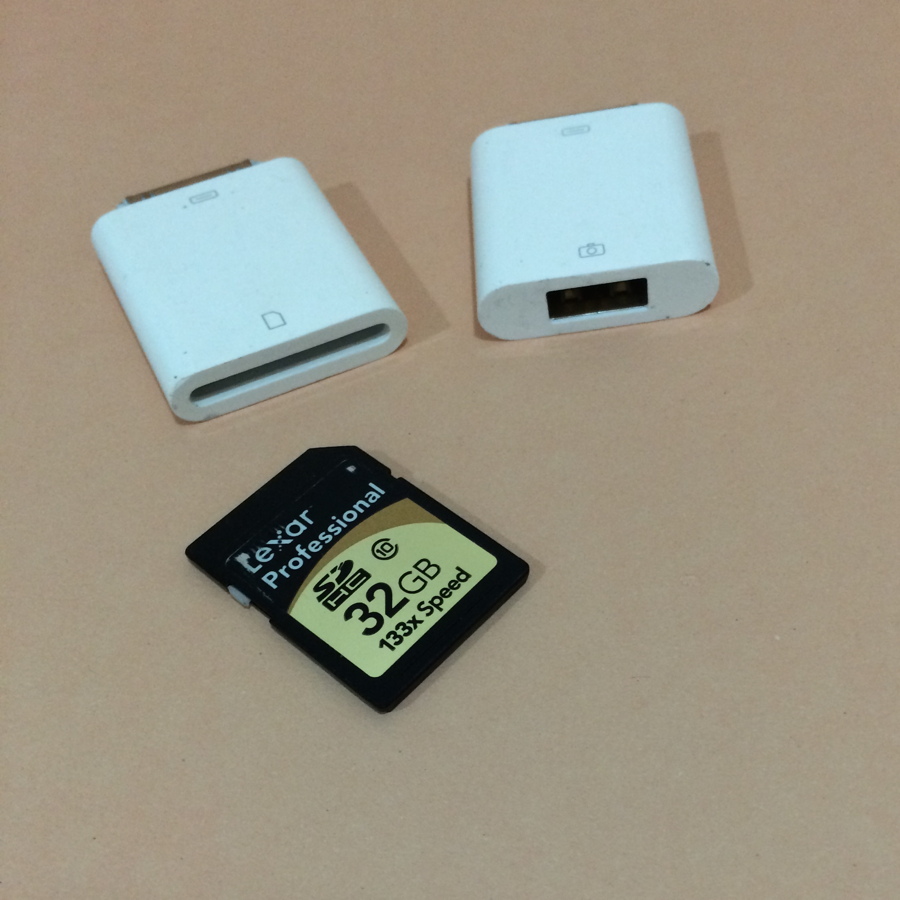
For newer iPads with Lightning connectors, two separate connectors at 1090 baht each are available: the SD card reader; and the Lightning to USB adapter. None of these devices work with the iPhone.
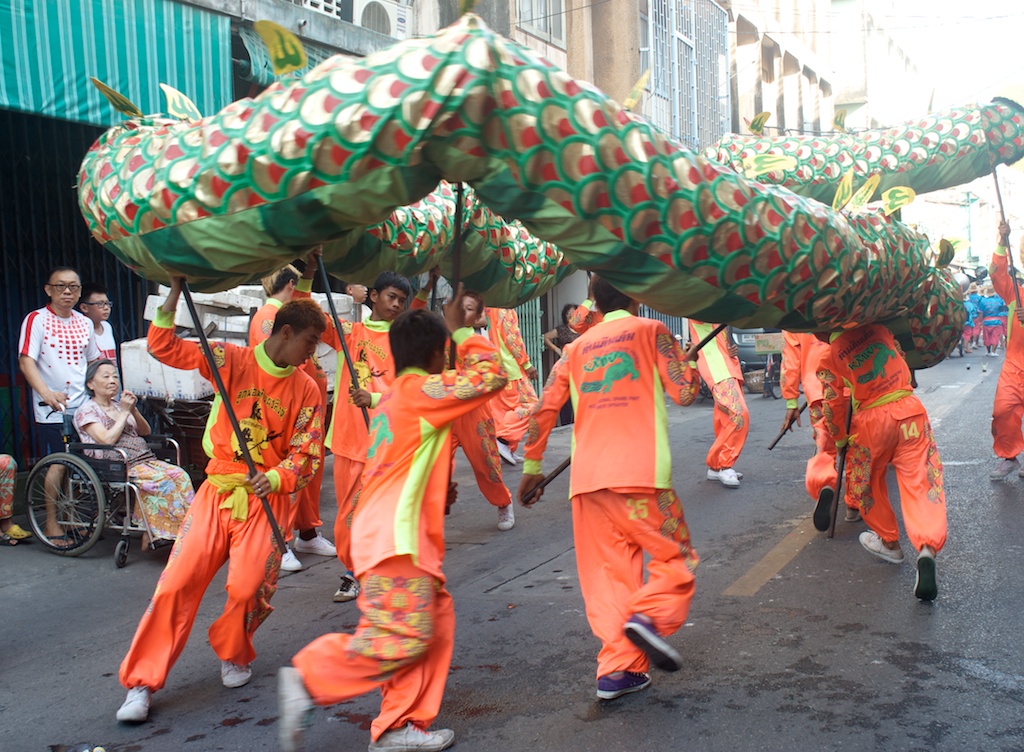
Light is both a necessity and a problem when taking photographs. There is a temple near my home where there are regular visits by Chinese dragon dancers. The events take place in a narrow soi, often just before sunset. I have to pick my shady spots carefully. I know this soi well, but if I am intending to visit a location I am not familiar with, it could be useful to know the position of the sun beforehand.
I use an app called Light Trac ($4.99) which allows me to view a map or satellite view of a location. With the app, I am able to gauge the position of the sun at any time of the day: both angle and elevation. Other useful information (like sunrise and sunset times) is shown.
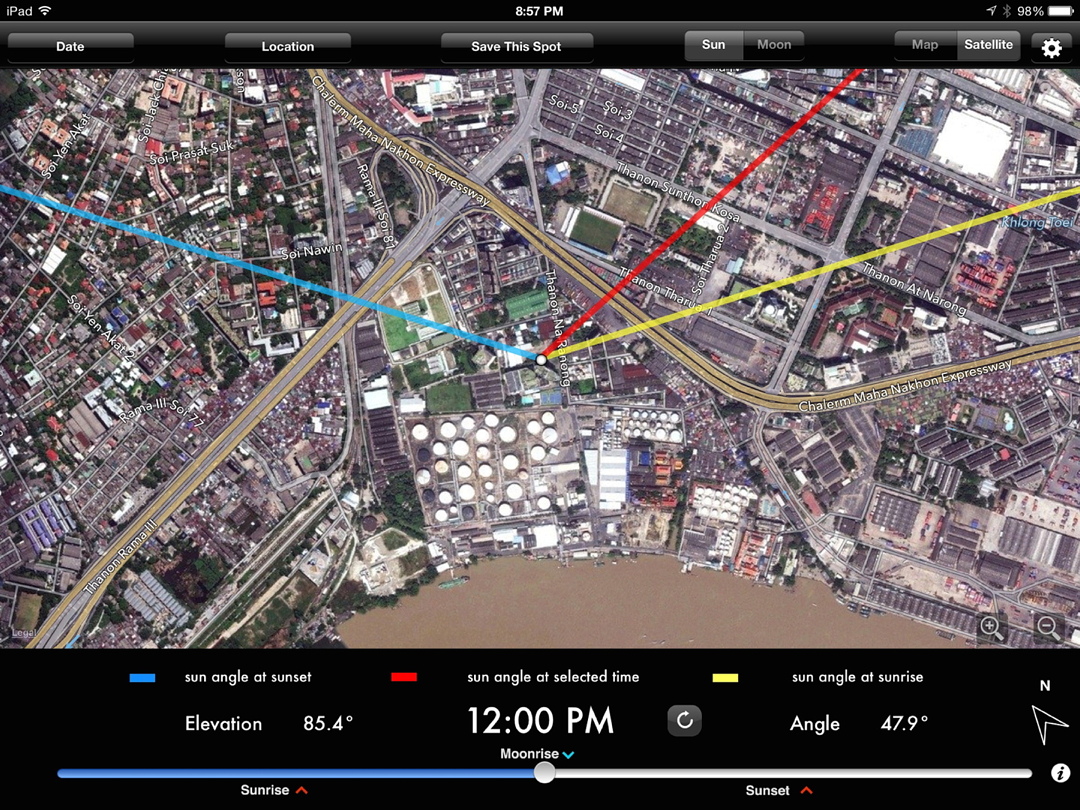
Tracking the Sun over the Bangkok Post - 7 May 2014
I can select the time and day, even several months into the future, and have an instant readout. There is a slider on the screen which allows the user to see the sun's path so the best time for taking photographs can be found.
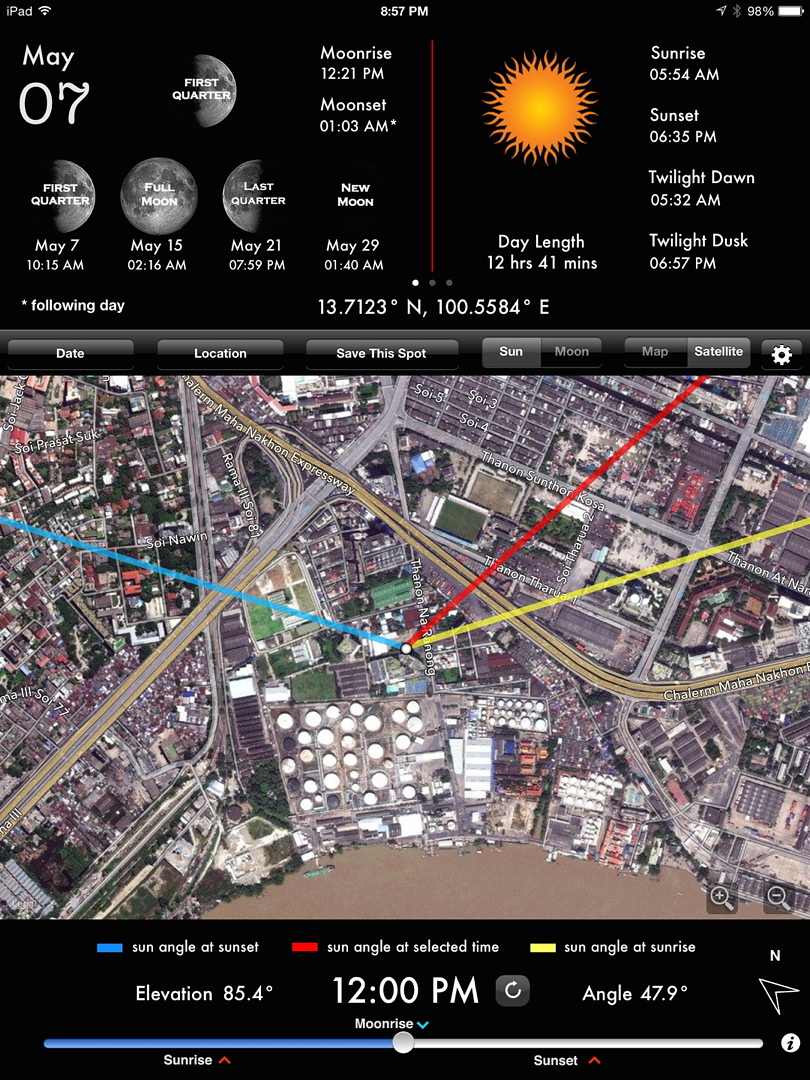
Tracking the Sun over the Bangkok Post - 7 May 2014
I also have the free app, Sun Surveyor Lite which has a similar function (Sun Surveyor costs $6.99), but I prefer Light Trac. These apps can be used on the iPhone or the iPad, but the larger display makes it easier to examine a scene and see objects in satellite view, such as trees or buildings.
I make much use of both the iPhone and my Nikon cameras for taking pictures, but lately I have started to use film again: I've gone analogue. The camera I have has none of the bells and whistles of modern cameras. I am having to relearn skills I thought I would never use again.
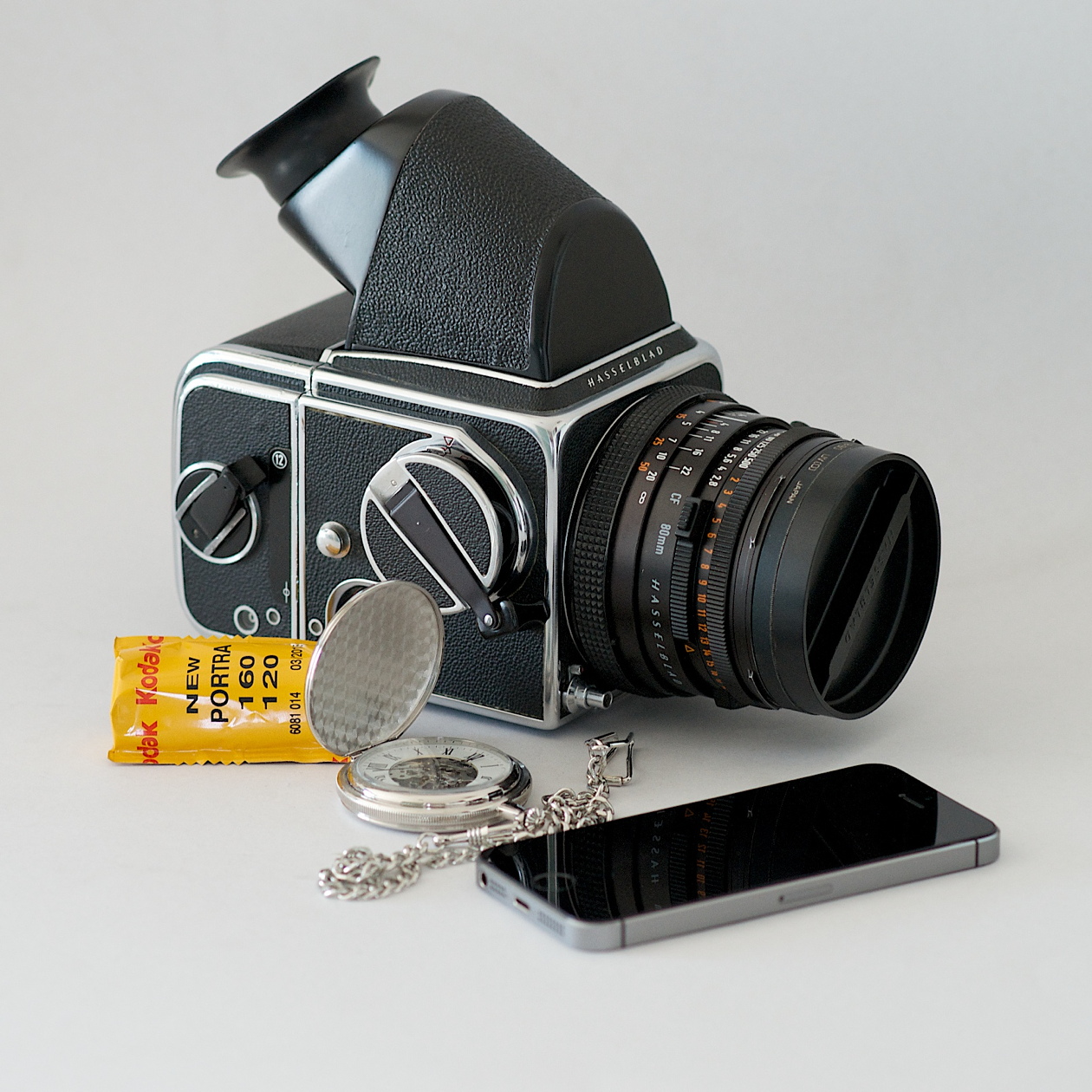
Analogue Camera with iPhone
Taking photographs is a compromise between available light, film type (ISO), aperture and time. An essential tool on my iPhone is the Pocket Light Meter app (Free). This is really easy to use, especially compared with old-school light meters. At the bottom of the screen, I simply enter the ISO number of the film I am using (say ISO 400), select an aperture number, like 2.2 or 5.6, and wave the iPhone in the direction of the subject.
A readout to the left of the screen, gives me a time, usually in fractions of a second, like 1/250, so I can change the settings on the camera. There is a Hold button that freezes the screen and its readout, to allow closer examination. A Log feature, saves a screen shot with important data to the photo library for future reference. Pocket Light Meter will install on the iPad but it is not optimised for that device so does not display full screen.
Pocket Light Meter - Screenshot (left) and Saved Log Image
I am just skimming the surface here, so for those interested in iOS devices for photography, I strongly recommend Jeff Carlson's book, The iPad for Photographers: Master the newest Tool in your Camera Bag. It is rich in ideas and there are many useful suggestions for apps. For example, the book put me onto Light Trac.
In 2012 it cost me $11.99 (388 baht) and I bought my digital copy via Amazon, mainly as there is no iBookstore here: a great gaping hole in Apple's services.
Some Useful Links:
Graham K. Rogers teaches at the Faculty of Engineering, Mahidol University in Thailand where he is also Assistant Dean. He wrote in the Bangkok Post, Database supplement on IT subjects. For the last seven years of Database he wrote a column on Apple and Macs. He is now continuing that in the Bangkok Post supplement, Life.
|









